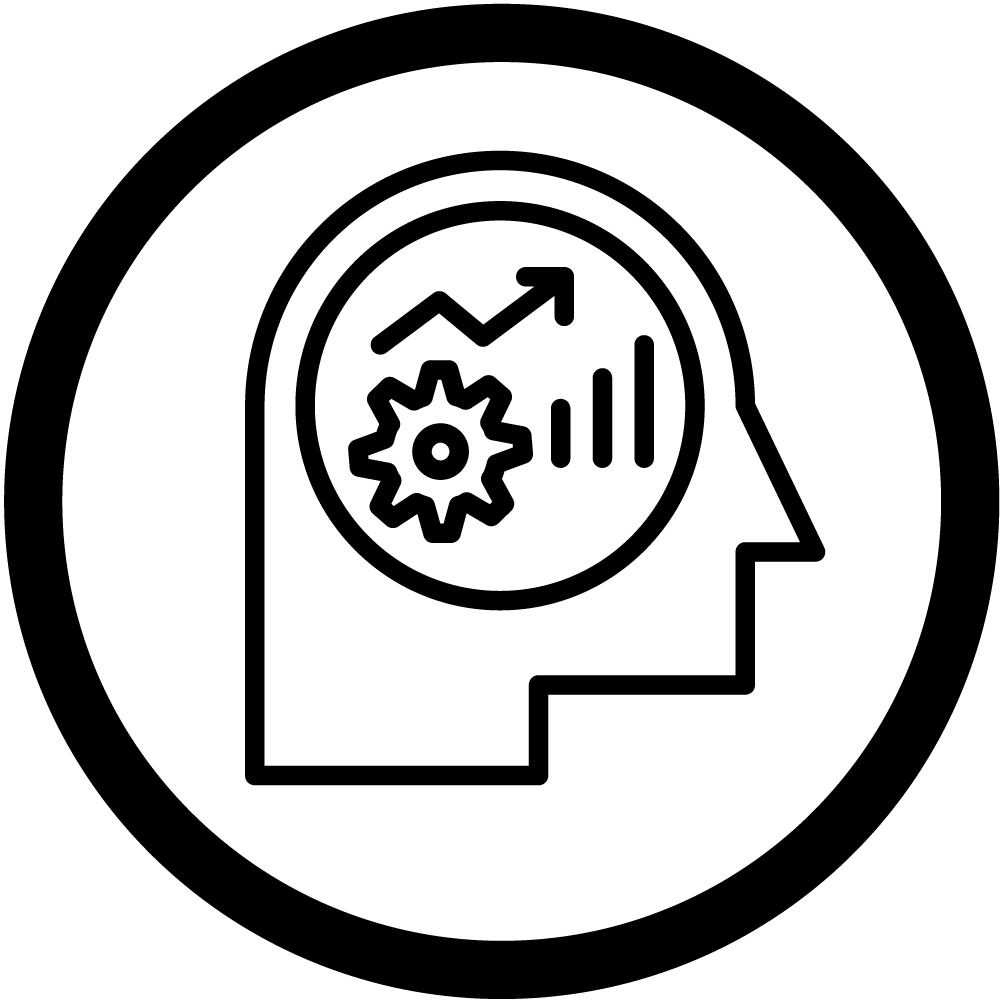Practice Prevent Problem Behaviours
-
Module Introduction2 Topics
-
Delivered With Fidelity22 Topics|2 Tests
-
Cover
-
Module Objective
-
What Happens When Preventing Problem Behaviours is Delivered with Mastery
-
The Process of How to Prevent Problem Behaviours
-
The Process for Preventing Problem Behaviours
-
The Teacher Plans for Potential Problems
-
The Impact of Planning for Potential Problems
-
The Teacher Uses Prompting
-
The Impact of Using Prompting
-
The Teacher Uses Pre-Correcting
-
The Impact of Using Pre-Correcting
-
Video: Pre-correcting Before Beginning a New Activity
-
The Teacher Uses Physical Proximity
-
The Impact of Using Physical Proximity
-
Check Your Understanding
-
The Teacher Uses Signals
-
The Impact of Using Signals
-
The Teacher Removes Distractions
-
The Impact of Removing Distractions
-
The Teacher Implements Intermittent Breaks
-
The Impact of Using Intermittent Breaks
-
Test Your Understanding
-
Cover
-
Not Delivered With Fidelity18 Topics|2 Tests
-
Cover
-
What Happens When Prevention of Problem Behaviours is Not Delivered with Fidelity
-
The Teacher Does Not Plan for Potential Problems
-
The Impact of Not Planning for Potential Problems
-
The Teacher Does Not Use Prompting
-
The Impact of Not Using Prompting
-
The Teacher Does Not Use Pre-Correcting
-
The Impact of Not Using Pre-Correcting
-
The Teacher Does Not Use Physical Proximity
-
The Impact of Not Using Physical Proximity
-
Check Your Understanding
-
The Teacher Does Not Use Signals
-
The Impact of Not Using Signals
-
The Teacher Does Not Remove Distractions
-
The Impact of Not Removing Distractions
-
The Teacher Does Not Implement Intermittent Breaks
-
The Impact of Not using Intermittent Breaks
-
Test Your Understanding
-
Cover
-
Barriers That Impede Fidelity10 Topics|2 Tests
-
Cover
-
Barriers That Impede Delivering Prevention of Problem Behaviours with Fidelity
-
Using Deductive Logic to Identify the Cause of the Barrier
-
Not Understanding Why Prevention of Problem Behaviour is Required
-
Do Not Know How to Prevent Problem Behaviour
-
Does Not Plan Time for Re-teaching Rules and Routines
-
Check Your Understanding
-
Teacher Relies on Reactive Behaviour Techniques
-
Teacher Does Not Regularly Assess the Energy Level of the Classroom
-
Test Your Understanding
-
Cover
-
Removing Barriers That Impede Fidelity15 Topics|2 Tests
-
Cover
-
Ways to Tackle Barriers So Prevention of Problem Behaviour is Delivered with Fidelity
-
Tackling the Barrier of Not Understanding Why Preventing Problem Behaviours is Required
-
Process
-
Tackling the Barrier of Not Knowing How to Prevent Problem Behaviours
-
Process
-
Tackling the Barrier of Not Planning Time for Re-teaching Rules and Routines
-
Process
-
Check Your Understanding
-
Tackling the Barrier of Relying on Reactive Behaviour Techniques
-
Tackling the Barrier of Relying on Reactive Behaviour Techniques
-
Tackling the Barrier of Not Regularly Assessing the Energy Level of the Classroom
-
Process
-
Video: Setting Students Up for Success
-
Test Your Understanding
-
Cover
-
Module Completion Survey1 Topic

The Impact of Using Signals

Step 1: Teacher Samantha is teaching a small group of students during a maths lesson at her table. As she scans the classroom for activity with her other students, she observes one of her students having difficulty controlling her body. She knows this student benefits from movement breaks to help with sensory regulation.

Step 2: Samantha has established a non-verbal signal with this student for movement breaks. Samantha makes direct eye contact with the student, taps her nose three times and waits for the student to echo this signal. This signal also indicates to the student that Samantha has noticed she has gotten off task and is a reminder to get back on task.

Step 4: The student returns to her desk and can continue working through her task. Samantha makes eye contact with the student and gives her a thumbs up to indicate she is on the right track. She then continues with her instruction.

Step 3: The student taps her nose three times back to Samantha and knows from an earlier conversation that this means she is allowed to step outside the room to take a short walk. Samantha could continue instructing the students at her table and simultaneously address the misbehaviour that she witnessed.

